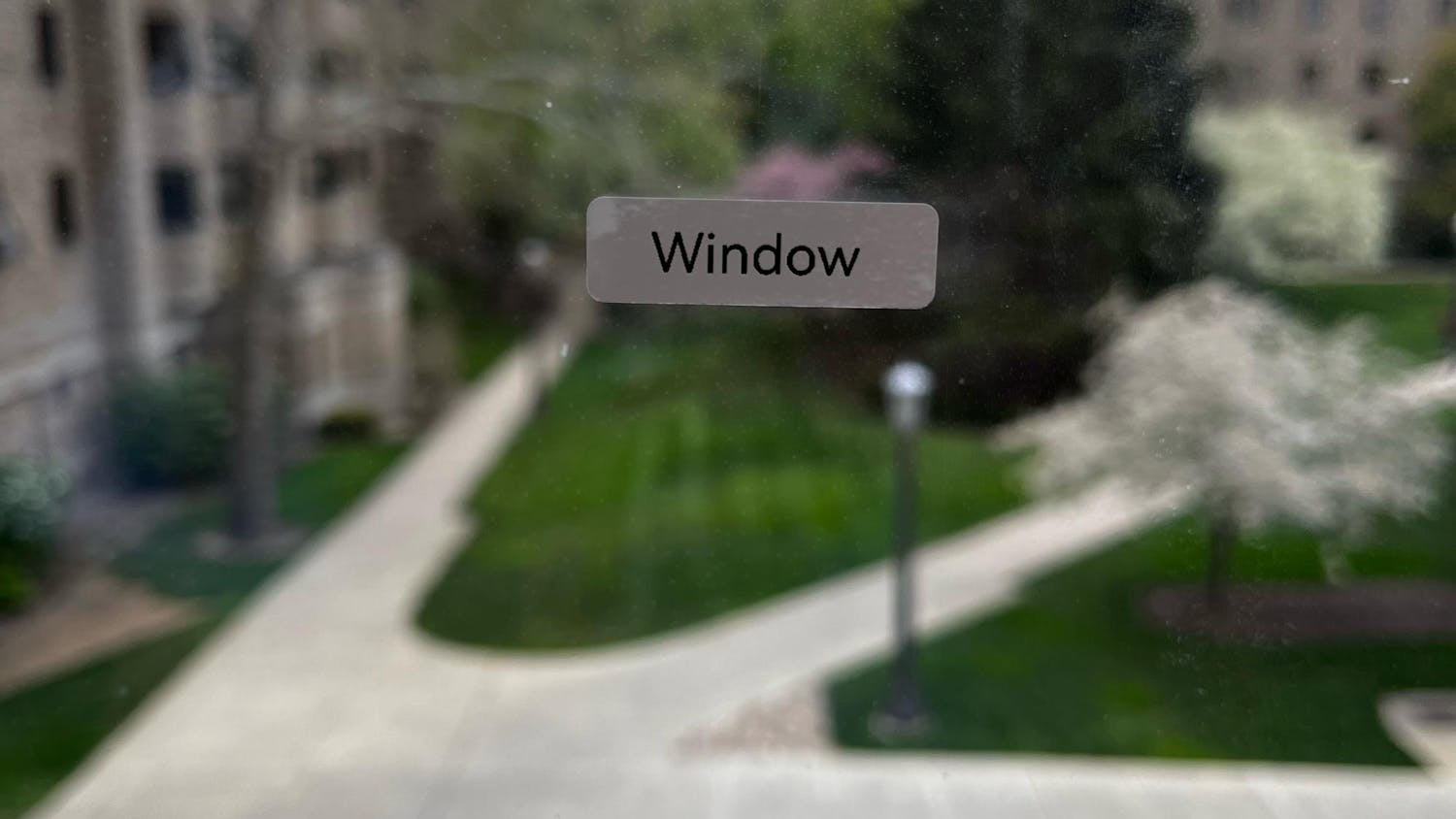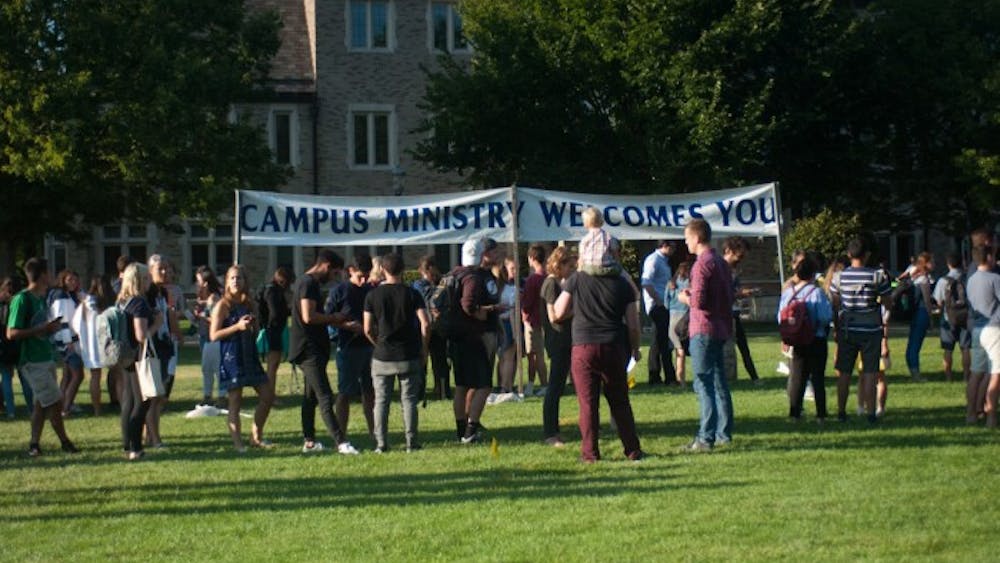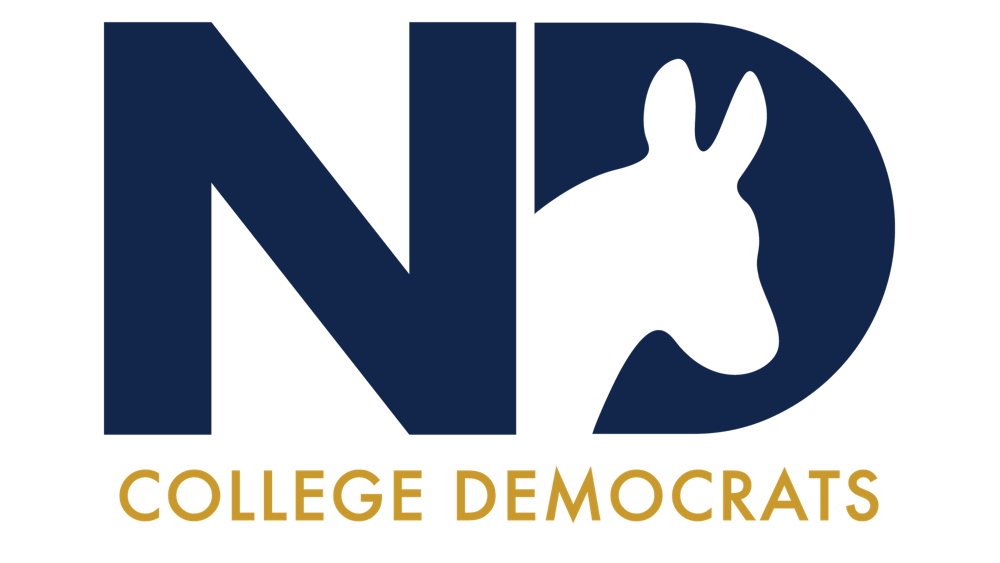“Hi y’all, my name is Catherine Owers, I’m an English major from New Orleans and I live in Walsh Hall.”
Aside from the addition of a theology major, I’ve used this exact phrase countless times in the past four years, giving my “Notre Dame introduction” to classes, new friends and tour groups. My name, hometown, residence hall, course of study and use of “y’all” play a large role in how I choose to represent myself — as an expatriated Southern belle who really likes books and lives in the best dorm on campus.
The words we use to describe ourselves matter; the words we use to describe other people matter.
This week, the News department is running a series on disability at Notre Dame and Saint Mary’s. As the Senior News Writer coordinating the series, I gave great thought as to what kind of story could provide the best foundation for the conversations we wish to spark across the Notre Dame and Saint Mary’s campuses. And in the end, the English major in me decided the best place to start would be on the language of disability itself.
We’ve talked to several students and administrators about accommodations and services currently available to students, faculty and staff, and gathered stories of students on both campuses. Yet how can we begin to talk about disability at Notre Dame and Saint Mary’s if we are unsure of the language to use in our conversations?
The AP stylebook, which governs our newsroom, offers brief guidance, stating, “In general, do not describe an individual as disabled or handicapped unless it is clearly pertinent to a story. If a description must be used, try to be specific.” Other organizations go further and advocate for “people-first” language, preferring “people with disabilities” to “disabled persons.” None of these guides are wrong, but they fall short of the task we’re undertaking.
For individuals with visible disabilities, our language can serve to reinforce their difference, can highlight the separation they already feel. For people with invisible disabilities, our language can struggle to adequately represent their disabilities and to adequately represent the reality of their separation.
People with disabilities are not a homogenous group and the perspectives provided throughout the week are not simply those of “students with disabilities,” but valued members of our community, brothers and sisters, who have a variety of opinions on how they talk about themselves and wish to be seen. These perspectives are unified in their desire for respect and desire for deeper engagement, yet they have great diversity in the language and viewpoints they promote.
I invite you to read the piece in today's paper, and remain conscious of how we talk with and about members of our community, as this series delves into the stories of our classmates.













